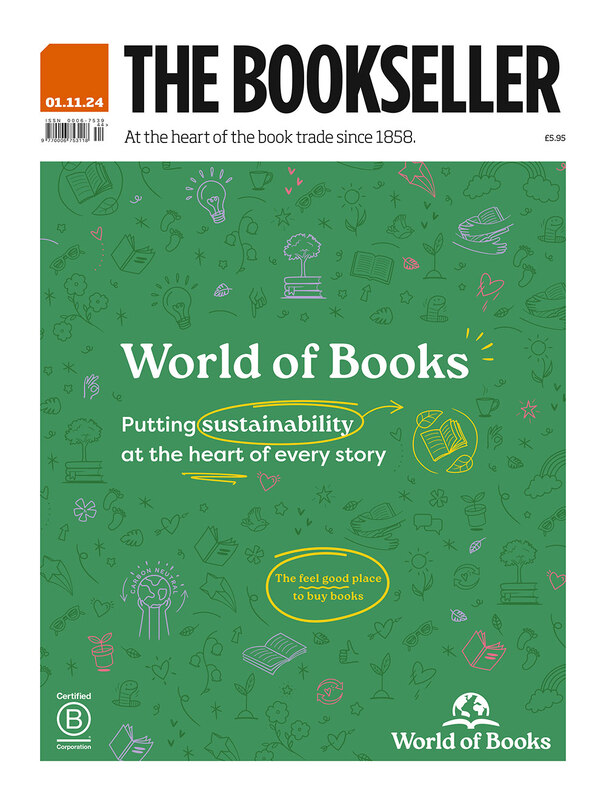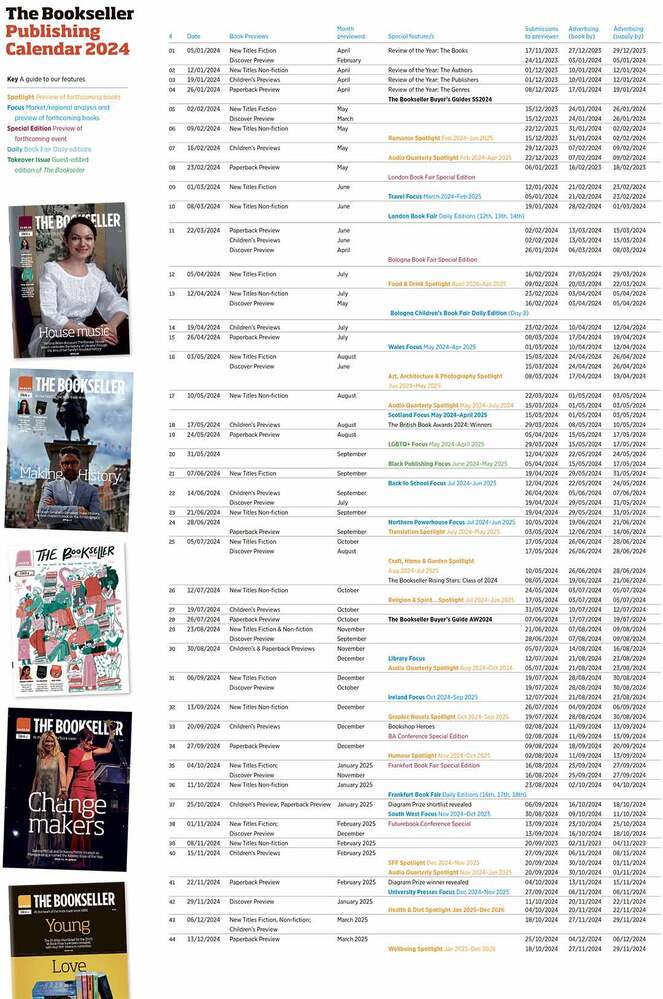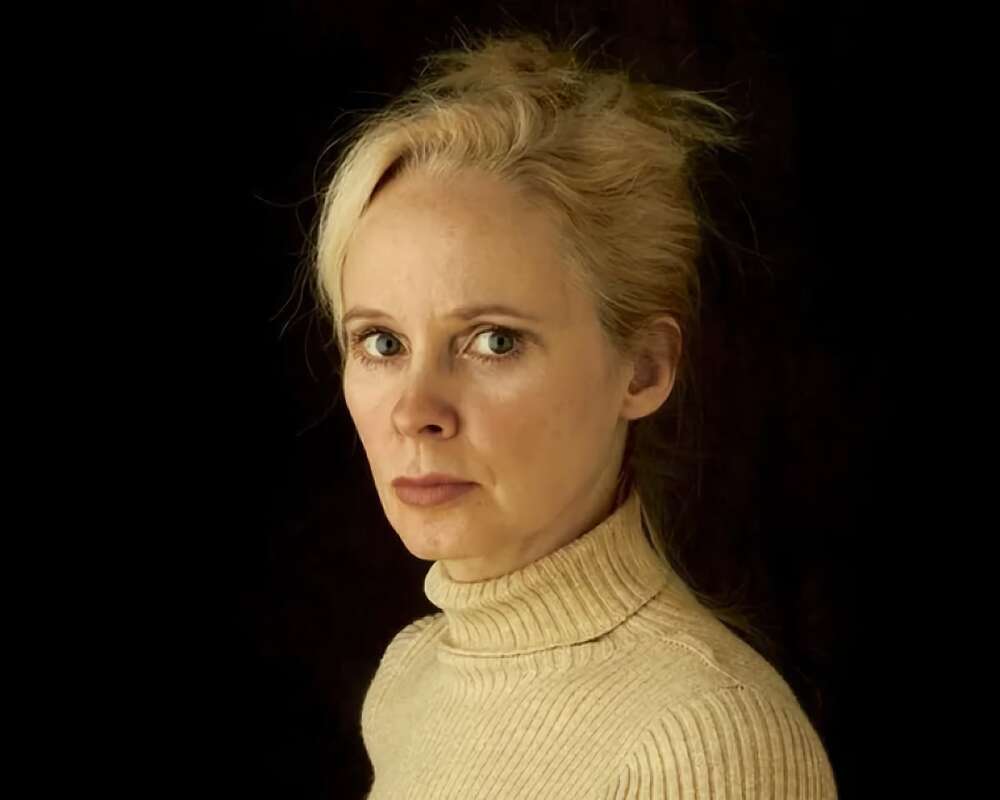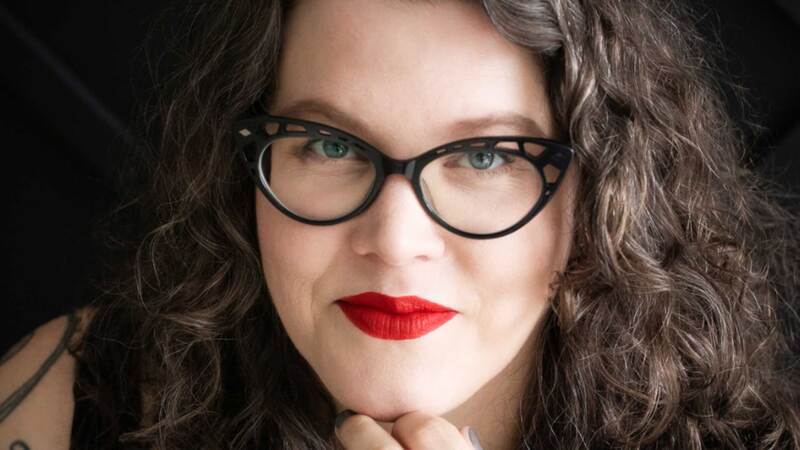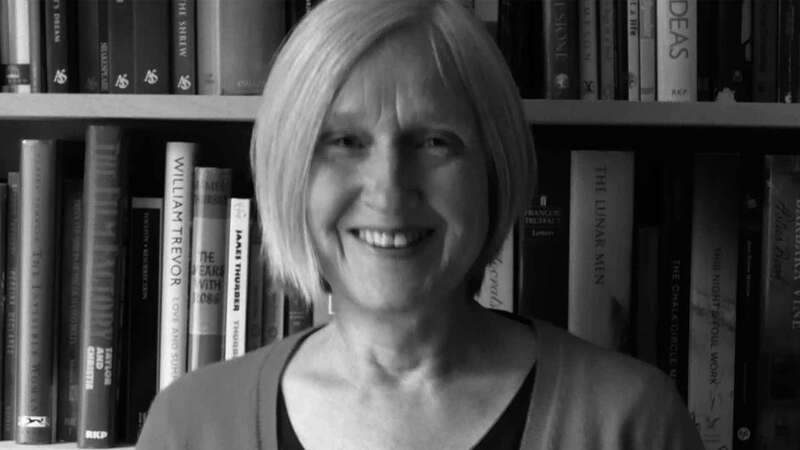You are viewing your 1 free article this month. Login to read more articles.
Mary Gaitskill | 'There’s a great deal of mistrust between races in this country'
The Mare (Serpent’s Tail, July) is only the third novel from US author Mary Gaitskill in a career that began back in 1988 with the publication of Bad Behaviour (Sceptre), a collection of short stories glittering with a dark sexuality. She is relatively unknown in the UK—indeed her previous novel, Veronica, published by Serpent’s Tail in 2008, mysteriously did not sell enough copies to penetrate BookScan’s weekly Top 5,000 chart. Her dazzling deÃÅbut novel Two Girls, Fat and Thin was published by Chatto in 1991, which predates BookScan, but it is safe to say it did not make her a household name here. But those who read it (and I still have my battered Vintage paperback which has survived umpteen book culls) discovered a daring, original voice.
In her native US it is a different story. Veronica was a finalist for the 2005 National Book Award and named one of the “Ten Best Books of 2005” by the New York Times, which called her “enormously gifted”. Gaitskill’s sales amount to nearly 150,000 units (since 1998) according to US BookScan.
When The Mare opens Velveteen Varga, known as Velvet, is a streetwise 11-year-old Dominican girl living with her single mother Silvia—who can be aggressive, even violent towards her daughter—and six-year-old brother Dante. The family share a tiny apartment in Crown Heights, a deprived part of Brooklyn. Thus Velvet is eligible for the Fresh Air Fund, a real life charity that provides free summer holidays to disadvantaged inner-city children and buses them to host families in the country.
Ginger is a white woman in her late forties. A former artist and a recovering alcoholic, she lives with her new husband Paul in wealthy upstate New York. Ginger has no children of her own, although Paul has a nearly grown-up daughter from his first marriage, and is now considering adoption. As a way to “test the waters”, she and Paul decide to host a Fresh Air Fund child for a two-week holiday.
For Velvet, who has barely ever left the city, it is a revelation. On visits to the stables next door she becomes entranced by a rescue horse named Fugly Girl, the mare of the title. For her part Ginger becomes increasingly besotted with Velvet, who she starts to see as the child she never had. Filled with the desire to improve Velvet’s life, Ginger extends an open invitation to visit as much as she likes. Soon Velvet is spending increasing amounts of time at Ginger’s house and with the mistreated Fugly Girl, who she renames Fiery Girl. And when she begins to take riding lessons it becomes clear she has natural, instinctive talent.
Velvet and Ginger narrate the story alternately, in very short chapters—sometimes only a paragraph long. Velvet’s voice is pitch-perfect (the novel spans three years of her life, from child to young teenager), but getting it right was, Gaitskill acknowledges, a challenge: “For one thing writing a child’s point of view is really difficult because children think differently to adults, and it’s very hard for somebody who is really far into adulthood to really remember how kids think.
“I think children are incredibly observant. They really often know very well what they see happening around them, but they don’t have the vocabulary to describe it even to themselves.” Although Gaitskill says, deprecatingly, that she “wasn’t sure how to render that, that really intense knowing and understanding but not much of a vocabulary to say it with”, she achieves it brilliantly.
Velvet’s name invokes another literary horse-riding heroine in a novel later adapted for the screen: Enid Bagnold’s National Velvet. It was a glimpse of this film— “this beautiful vision of the 15-year-old Liz Taylor riding across a technicolour meadow and smiling”—that first gave Gaitskill the idea for The Mare because she was, at the time, “very involved” with a couple of children from the Fresh Air Fund. So, she explains, she was “very aware of how important it was [for the children she hosted] to see movies where Latina characters featured. This is not something that for most of my life it even occurred to me to be concerned with.”
Gaitskill’s original idea was actually for a film. Back in 2007, she wrote a 30-page treatment and sent it to her film agent, whose reaction was blunt. “He said, ‘This is never going to work. It doesn’t know if it wants to be a dark, gritty story or a Walt Disney story’”, she recalls. “And I said, ‘I want it to be both.’”
Her film agent’s advice was to write a YA novel, which she ignored (“I don’t write young adult novels” she says, flatly). “So I put it out of my head. I was disappointed but I thought, ‘Well I guess that’s not going to happen.’ Then I kept thinking about it, it just kept coming to me in a way that has never happened to me before. Scenes would come to me when I wasn’t even trying to think about it. I would be grocery shopping or at an airport . . . I would get such an emotional feeling when I thought about it; the hair on my arms would stand up. After about a year of this I finally decided, ‘I have to try. It’s probably not going to work, but I’ll just write 50 pages and show it to my editor and see what she thinks.’”
Her editor was encouraging, so she continued writing. But, she observes drily, “it wasn’t fast—partly because I had to learn to ride horses in order to write it”. Initially Gaitskill thought she would be able to watch other people riding and ask questions, “but I very quickly learned I didn’t even know enough to ask questions and when I watched I didn’t know enough to realise what people were doing. So I had to do it myself.” She spent three years learning to ride and mucking out stables for the sake of the novel even though, she says: “I was afraid of horses. It was not something that I would have chosen to do at all.”
Something that it does have in common with my earlier work is that it is a story of unsanctioned love. Biological love between mothers and children is the most sanctioned love in the world and the most natural. What goes on between Ginger and Velvet is, in many people’s eyes, questionable
On the surface The Mare may appear to be quite a departure from her earlier novels and short story collections with their themes of power, dominance and masochism. But Gaitskill disagrees: “Something that it does have in common with my earlier work is that it is a story of unsanctioned love. Biological love between mothers and children is the most sanctioned love in the world and the most natural. What goes on between Ginger and Velvet is, in many people’s eyes, questionable. I had an interviewer [in the US] actually say to me, ‘Ginger has no rights to Velvet’s love’.” That seems a strange thing to say, I volunteer, and Gaitskill agrees: “I don’t know what the Bill of Rights is on that subject, people just love who they love.
“But it is a kind of love, it isn’t even that the world would violently disapprove of it, but it’s just a love that doesn’t fit into any social norms. To me that’s what is most difficult about it.” Gaitskill had direct experience of this herself with the children from the Fresh Air Fund who stayed with her: “I occupied a grey zone in most people’s minds in relation to them; I wasn’t their aunt, I wasn’t their foster mother . . .”
It is also a love that touches on issues of race and class in modern-day America, as Ginger is white and Velvet’s mother is a poor immigrant from the Dominican Republic. “There’s a great deal of mistrust between races in this country,” says Gaitskill, “and there’s this whole question of the white saviour and how awful that is, and white people trying to appropriate everything— including other people’s children—so there’s that too. This relationship is a very difficult one.”
 

